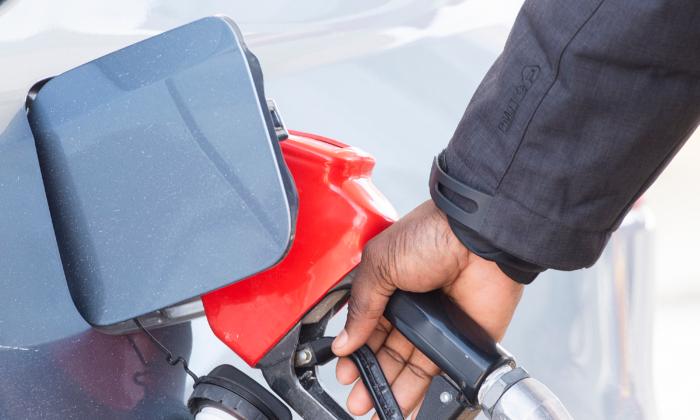As crude oil prices hit a twelve-month high on Friday, Canadians planning to hit the road for the last long weekend of summer will pay more for gasoline than they did last Labour Day.
The national average gasoline price as of Friday was $1.67 cents per litre, according to fuel price tracking website GasBuddy.com. That compares with $1.37 cents per litre on Sept. 1, 2022.
Gasoline prices began to rise in July and August of this year, in part due to crude oil production cuts by Saudi Arabia and Russia. Crude oil prices continued their rise this week, due to dwindling crude inventories in the U.S. as well as projections that Saudi Arabia will extend its supply cuts into October.
On Friday, the benchmark crude price West Texas Intermediate hit a 12-month high, trading above US$85 per barrel compared to about US$75 per barrel one year ago.
Vijay Muralidharan, energy analyst and managing director with R Cube Consulting Inc., said driving demand through the summer months has been strong and North American refineries are dealing with a tight supply situation.
Still, he said consumers are likely to find some relief at the pumps into the fall and winter, as the impact of interest rate hikes by central bankers increasingly takes effect and global economies begin to cool, reducing demand for crude.
“I think there will be an economic slowdown in the near-term horizon,” Muralidharan said.
“Early next year I think you will see some breathing room, a demand pullback. It’s going to come, it’s inevitable.”
However, Muralidharan said in the meantime refinery stocks are so tight that any kind of unexpected outage or issue could cause a jump in prices.
“Even if it’s a 100,000 barrel or 200,000 barrel refinery, any kind of upset is going to cause price spikes,” he said.
According to GasBuddy.com, the most expensive gasoline this week can be found in B.C. and Newfoundland, while drivers in Alberta enjoy the cheapest fuel prices.







